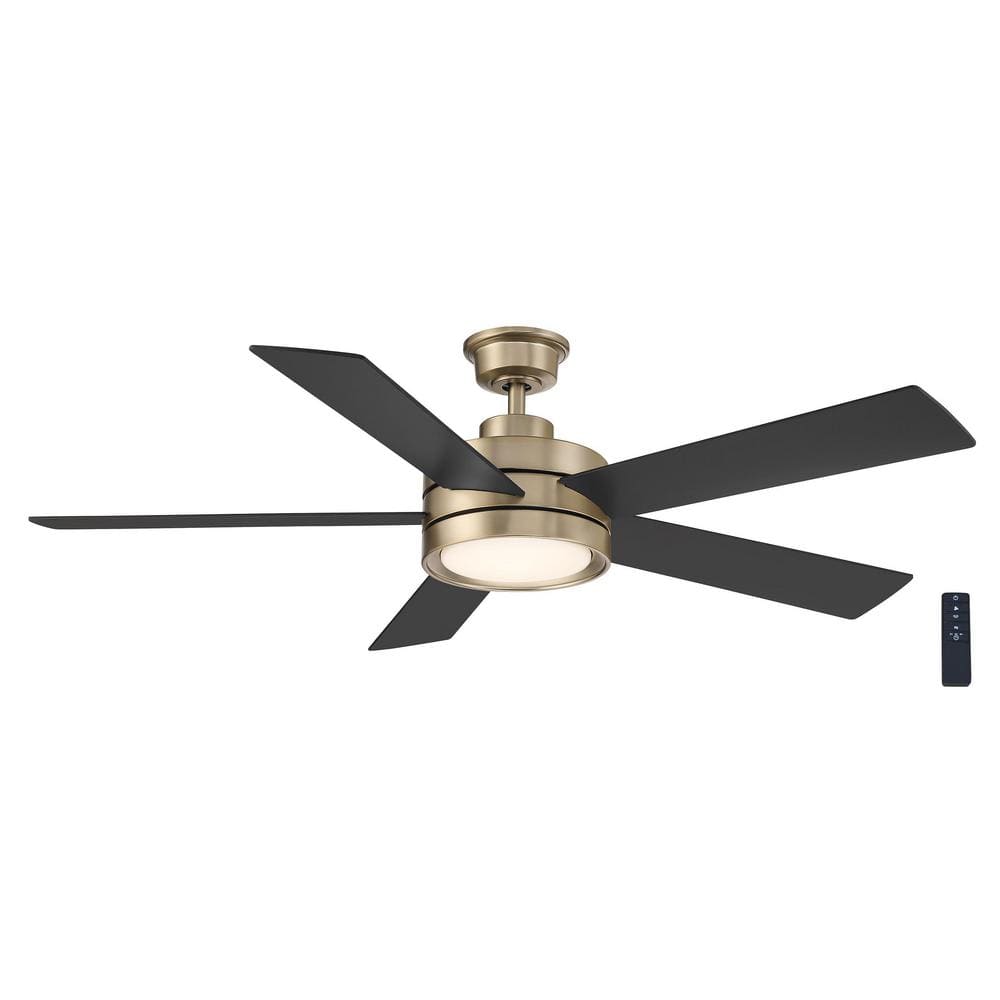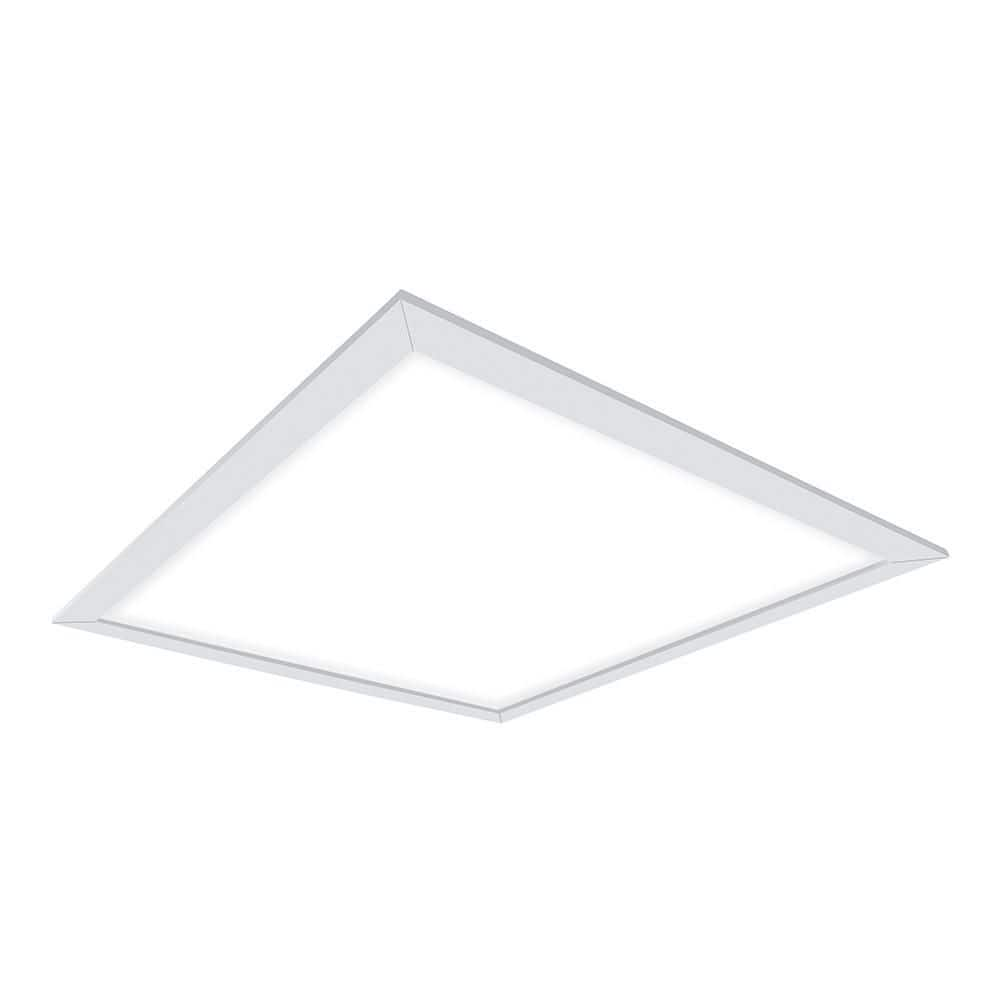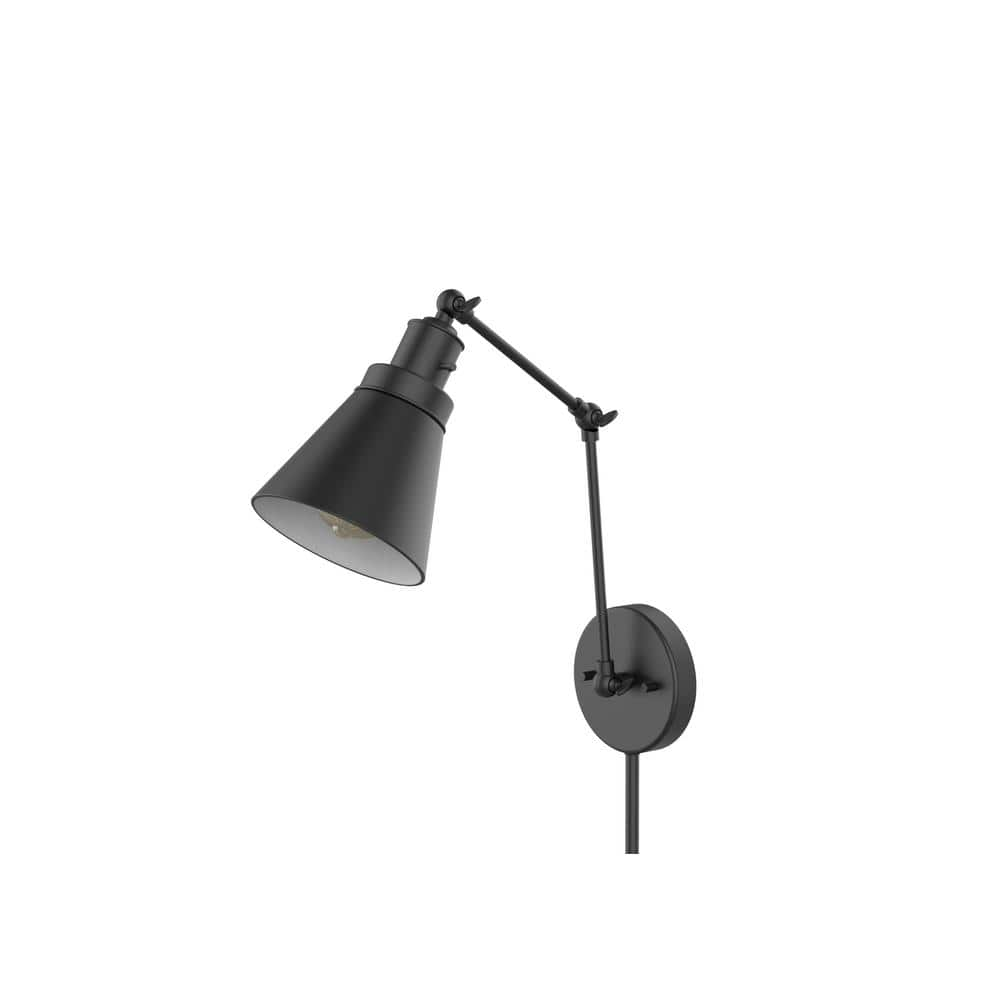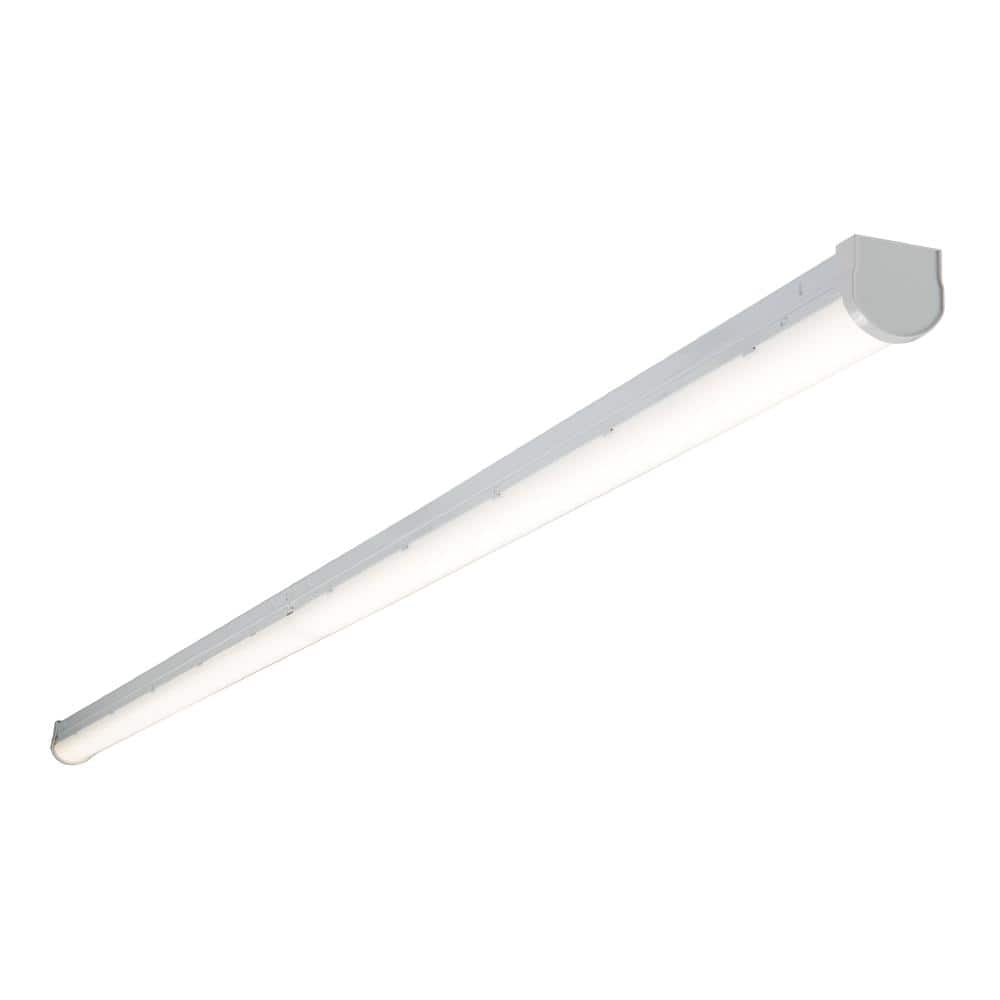Home Decorators Collection Baxtan 56 in. Integrated LED Indoor Gold Ceiling Fan with Light and Remote Control
Modern 56 in. ceiling fan with designer gold finish. Long lasting and energy efficient integrated LED light source. Five reversible black/molasses maple blades and remote included.
The Baxtan 56 in. ceiling fan will coordinate with a modern decor with its mid-body design. It has a 25-Watt LED light source that will last for years. The hand-held remote will operate the speed and light functions and includes batteries. It also comes with a lifetime motor warranty.
- 5-reversible matte black/molasses maple blades
- Integrated LED with frosted glass
- 3-speed with reverse control
- Handheld remote control with independent light dimming and speed control
- Decorative canopy ring and coupling cover to conceal any exposed screws
- Designed for indoor use only
- Great room: room size over 20 ft. x 20 ft. with blade span of 56 in.
- includes 4.5 in. down rod with 3/4 in. Dia
- Twist-and-lock glass installation method makes it easier to install and conceal hardware
- Lifetime motor warranty
Additional information
| Dimensions | H 13.78 in, W 56 in, D 56 in |
|---|---|
| Downrod Length (in.) | 4.5 |
| Fan Blade Length (in.) | 24.25 |
| Fan Blade Span (in.) | 56 |
| Fan Blade Width (in.) | 6.14 |
| Certifications and Listings | CARB Compliant, UL Listed |
| Manufacturer Warranty | Lifetime Motor Warranty |






by Thomas
Excellent fan. Installed upon receipt and works very nice. The only complain I have is on the remote without a wall hanging holster/pocket for it.
by Carol
Directions aren’t great. But after figuring out which parts I didn’t need for the ceiling mount install, it works great. I had never installed a ceiling fan with a separate receiver for the remote. Tight fit installing that gem.
by Eugene
Outstanding fan, very pleased with it.
by Sean
Beautiful brown side and champagne gold.